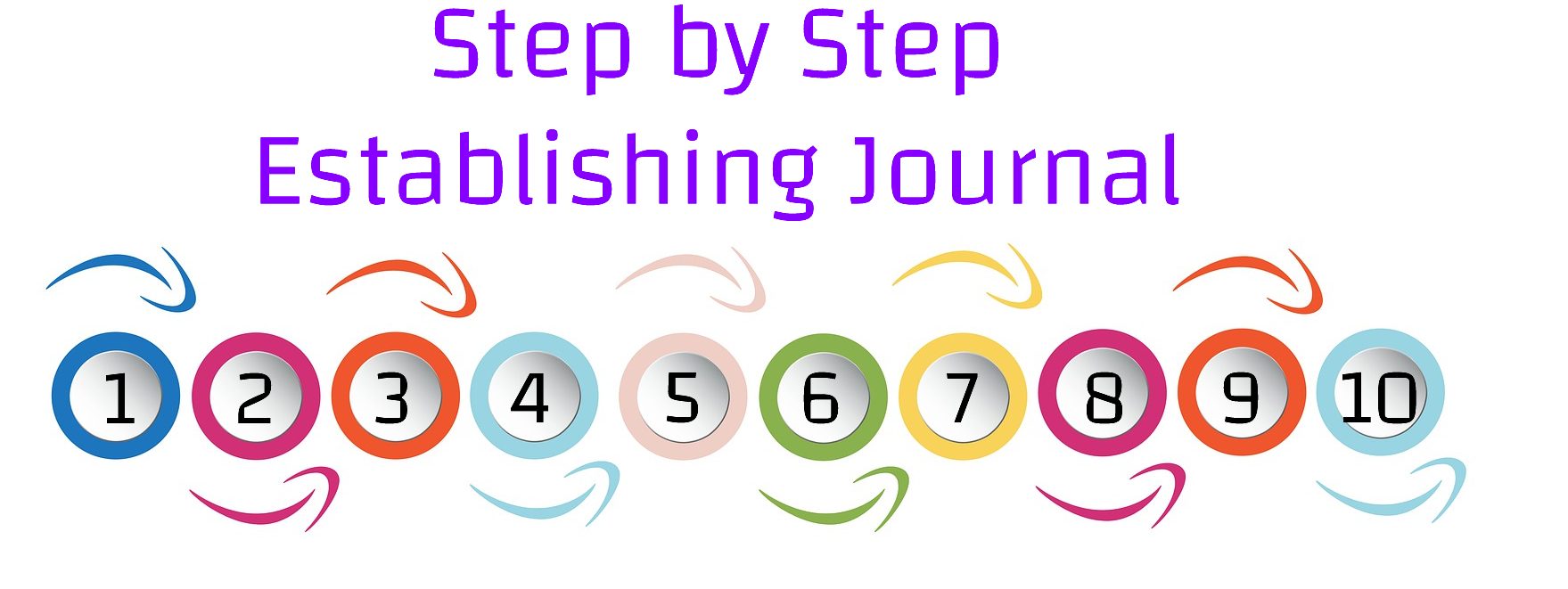As a journal owner, it’s important to understand the significance of index databases and be well-prepared before applying for inclusion in these indexes. Here are some key aspects and subjects you should consider:
1. Index Databases: Familiarize yourself with the major index databases relevant to your field of study. Some popular multidisciplinary databases include Scopus and Web of Science, while subject-specific databases include PubMed for biomedical literature, IEEE Xplore for engineering, and PsycINFO for psychology.
2. Scope and Coverage: Each index database has its own scope and coverage criteria. Ensure that your journal’s subject area aligns with the database’s focus. Review the database’s guidelines and policies to determine if your journal meets their inclusion criteria.
3. Quality and Rigor: Index databases typically prioritize journals that maintain high standards of quality and rigor. Ensure that your journal follows robust editorial policies, peer review processes, and ethical guidelines. A transparent and well-defined editorial workflow is crucial to gain credibility with index databases.
4. Editorial Board: Establish an esteemed editorial board comprising experts in your field who can help uphold the journal’s quality and contribute to its reputation. Having renowned researchers and scholars associated with your journal can positively influence its chances of being included in index databases.
5. Peer Review Process: Implement a rigorous peer review process to maintain the integrity and quality of the articles published in your journal. Clearly define your peer review policies, including the criteria for selecting reviewers, review timelines, and feedback mechanisms.
6. Publication Frequency and Consistency: Consistency in publication is valued by index databases. Determine a suitable publication frequency for your journal and adhere to it. Whether it’s a monthly, quarterly, or annual publication, ensure that you consistently meet the deadlines.
7. Metadata and Information: Pay attention to the metadata and information associated with your journal and published articles. Provide accurate and comprehensive metadata, including abstracts, keywords, and affiliations, as this information is crucial for index databases to properly index and classify your journal’s content.
8. Open Access Options: Consider offering open access options to make your journal more accessible to readers and potentially increase its visibility. Some index databases prioritize open access content, so providing options for authors to publish their work open access can be advantageous.
9. Digital Preservation: Ensure that your journal’s content is preserved and accessible in the long term. Archiving your journal’s articles through initiatives like CLOCKSS or Portico can enhance its chances of being included in index databases.
10. Continued Improvement: Regularly evaluate and improve your journal’s processes, policies, and content quality. Keep track of readership, citations, and feedback to understand the impact and reception of your journal. Index databases often look for journals that demonstrate growth and improvement over time.
Remember that the specific requirements and criteria for inclusion in index databases may vary, so it’s essential to thoroughly review the guidelines and recommendations provided by each database. Additionally, engaging with the academic community, attending conferences, and networking with researchers can help raise awareness and enhance the visibility of your journal, potentially increasing its chances of being indexed.


Comments are closed